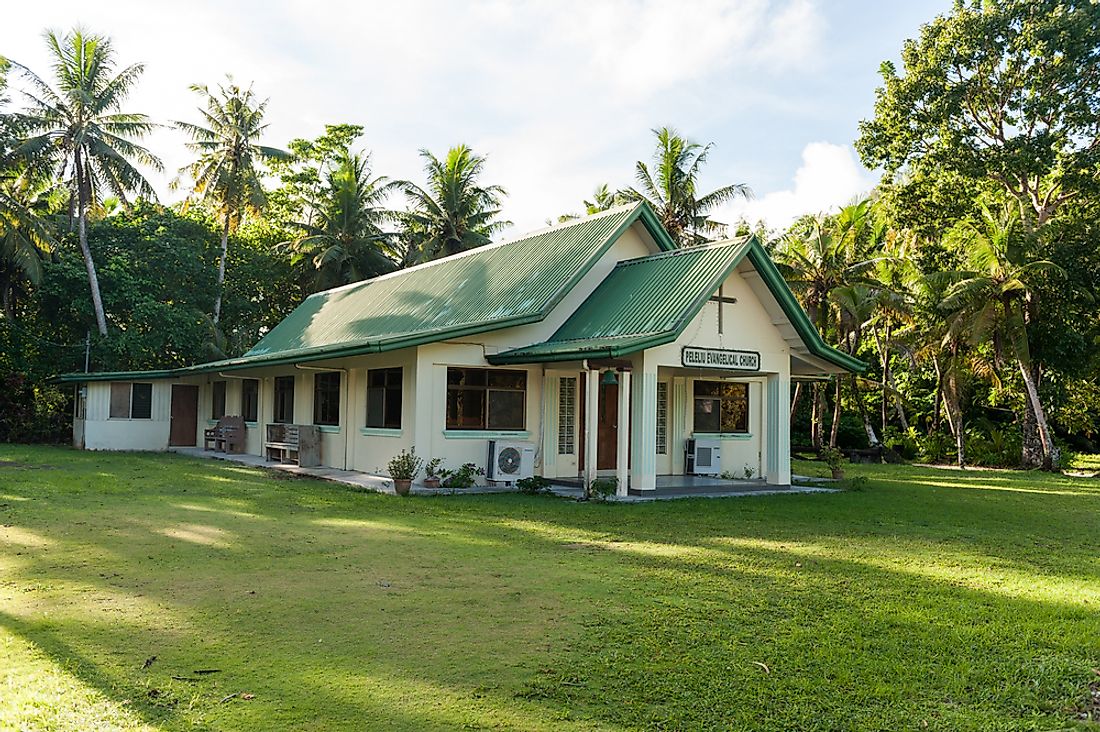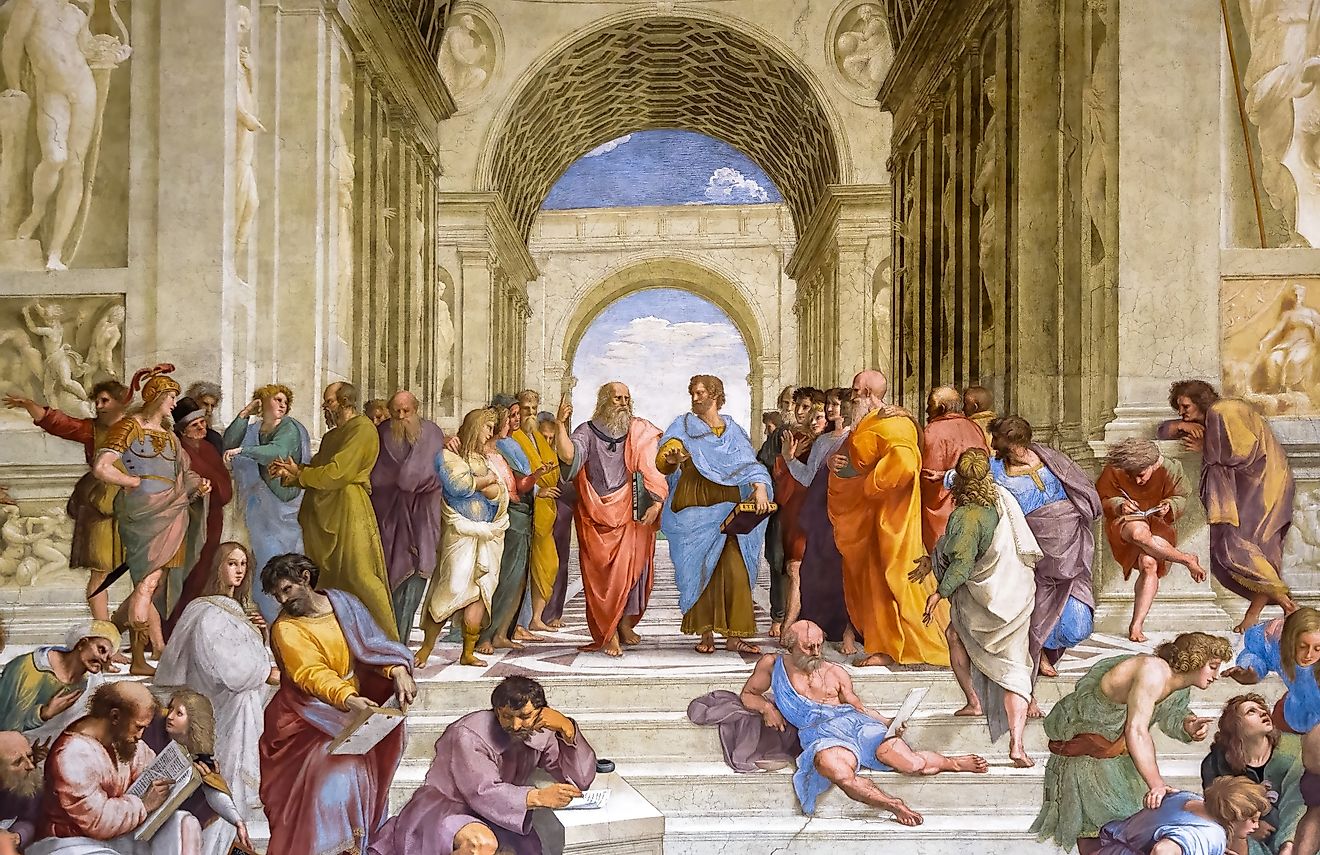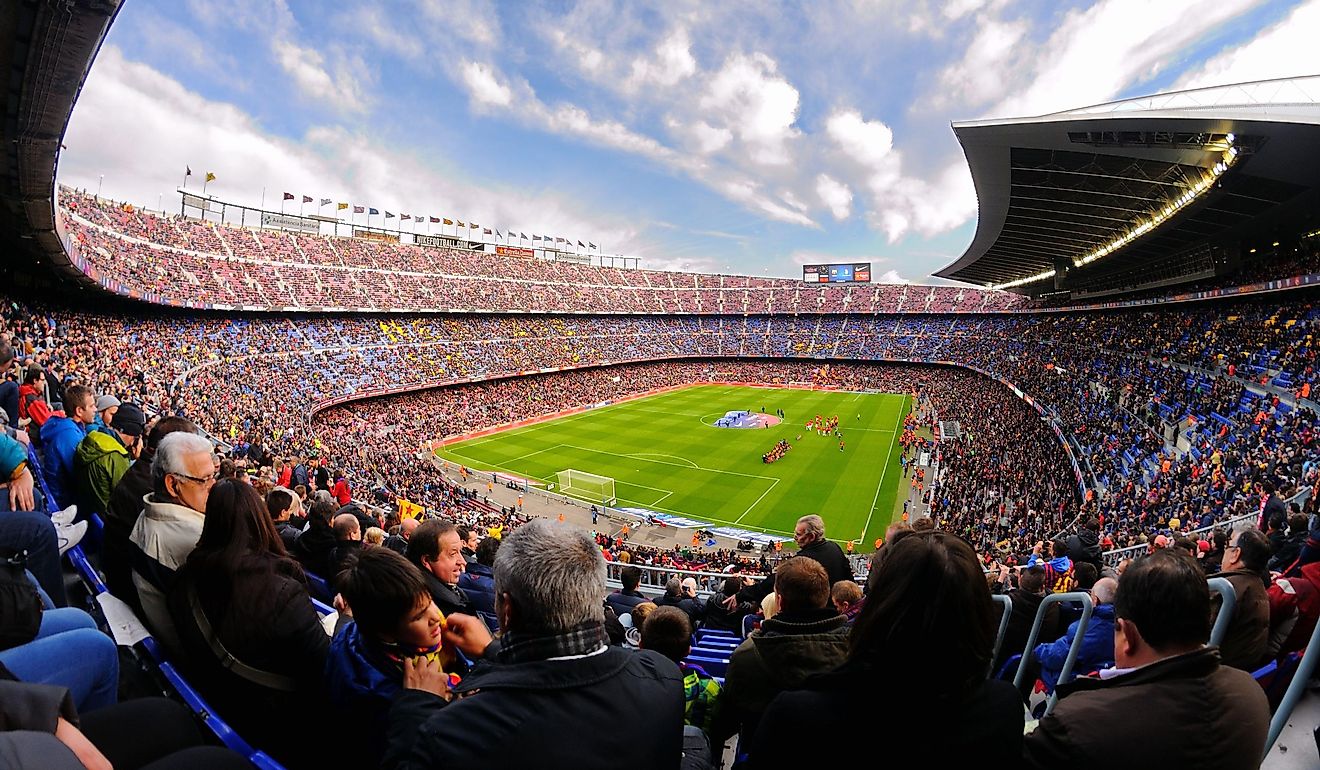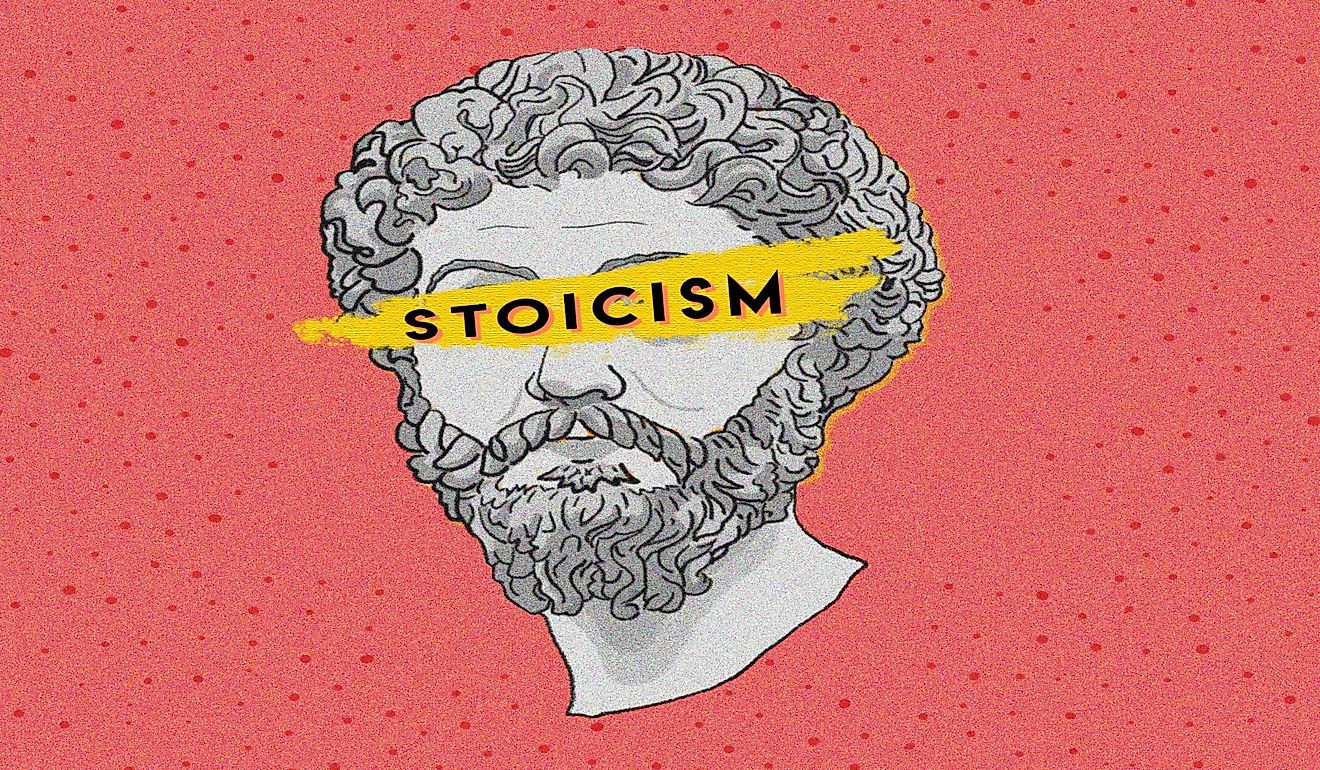Religious Beliefs In Palau

The island nation of Palau is located in the Pacific Ocean and is part of Micronesia. Composed of 340 islands, Palau has a total area of 466 square km and a population of about 21,431. Indigenous Palauans make up 73% of the country’s population, and various Asian populations, especially from the Philippines, China and Korea, account for a combined 21.7% of Palau's total population. Carolinian and Caucasian populations represent 2% and 1.2% of Palau’s total population, respectively.
Religious Populations in Palau
According to the CIA World Factbook, Christianity is the predominant religion in Palua. In particular, Roman Catholicism is the most common Christian demonimation in Palau and is practiced by 45.3% of the population. 34.9% of the population adhere to various Protestant denominations, as Evangelicalism, Seventh Day Adventist, Assembly of God, and Baptism account for 26.4%, 6.9%, 0.9%, and 0.7% of Palau’s population, respectively). 5.7% of the country’s population practice the indigenous monotheistic religion, Modekngei. Islam, Mormonism, and other faiths are practiced by 3%, 1.5%, and 9.7% of the Palau’s population, respectively.
History of Religion in Palau
Prior to the arrival of the Europeans, Palau was primarily inhabited by indigenous Micronesian tribes that practiced polytheistic religions. The first Europeans in Palau were members of a Jesuit expedition from the Spanish Philippines led by Francisco Padilla that reached the islands in 1710. Although the Jesuits initially experienced misfortunes including shipwrecks and deaths, Spain took interest in the islands and sent Catholic missionaries to introduce Roman Catholicism in Palau. During the Second World War, Palau was occupied by Germany, and later Japan. While Germany sent both Roman Catholic and Protestant missionaries, Japan attempted to spread Buddhism and Shinto throughout the islands. After Japan was defeated in the Second World War, most of the Japanese population that had settled in the country converted to Christianity, while others left or continued to observe Buddhism. During the US colonial era in Palau following the Second World War, various Protestant Christian denominations were promoted in Palau.
Traditional Religion of Palauans
A segment of Palau's population practices Modekngei, which is a hybrid of ancient Palauan customs and Christianity. The religion rose to prominence around the time of the First World War, and is a religious movement that was started by an indigenous Palauan named Temedad. Followers of the Modekngei faith accept Jesus Christ as savior, but also observe indigenous rituals and customs of traditional deities. Some of the practices of Modekngei include leading a lifestyle based on purity, with strong attachments to the family and the community. Alcohol and drug use are prohibited by the religion. Church attendance is also high among followers of Modekngei.







